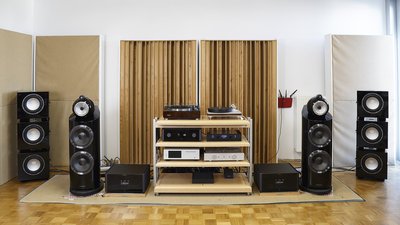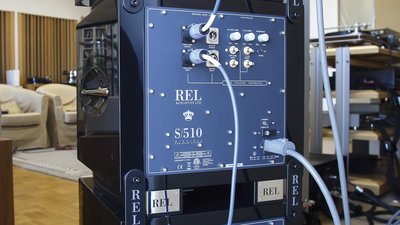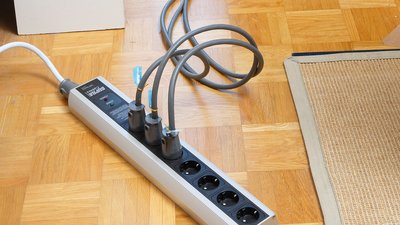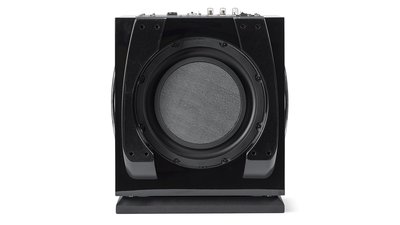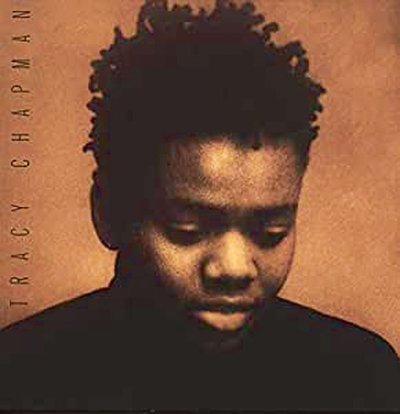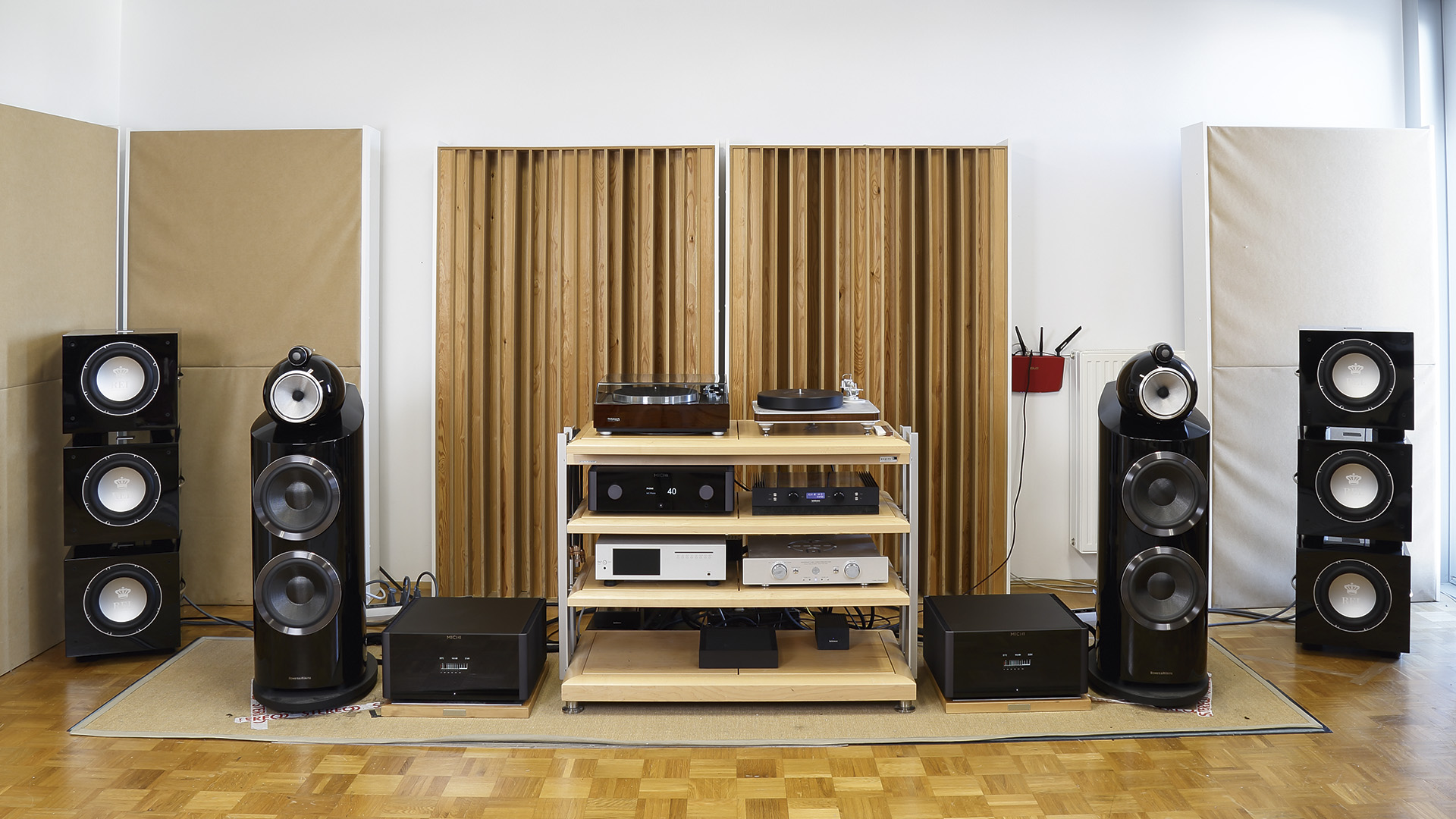
Subwoofers
REL 510 S Line-Array Report
Nonsense or useful experiment? Understandably, that was the question we faced after having ordered six REL 510 S subwoofers and having stacked three on top of each other ...
Most people can't even stand thinking about placing just one subwoofer in their living room, and you seriously want to cram haf a dozen of them into our listening room? The responses to my suggestion of installing a "subwoofer array", admittedly were rather ambivalent. Still, if you used to own really big loudspeakers (in my case it was the Infinity IRS Beta), then most of what you find today in the upper and highest price ranges is still a good distance away from a proper "full-range loudspeaker" as the term was coined in the US.
It is not difficult to get to this conclusion, if you consider that the Beta offered four 30cm bass chassis per channel, controlled by an active crossover and with separate power amplifiers. Not only allowed this for moving quite some amount of air, the arrangement of four bass drivers one above the other also provided a completely different stimulation of the room in comparison to a classic set-up with the one or two bass drivers of a normal floorstanding speaker.
A further advantage of separate bass columns is that the mid/high range and the basses can be positioned separately from each other, making it easier to determine the optimum placement. The Beta's active crossover network then ensures perfect fine-tuning to the spatial conditions and interaction with the "satellites", while the separate power amplifier for the bass not only increases flexibility in the selection of power amplifiers for the mid/high range, but also ensures that the power-consuming bass range does not take away all the juice from the upper frequencies, which they need for perfect sound.
Not just for home cinema
Now, you might think that this is all well and good but entirely superfluous for music playback, because nobody – except maybe a few home cinema enthusiasts – needs such a bass overkill. Surely there is a good reason why – after the big Bose Acoustimass wave a quarter of a century ago – subwoofers in Germany are once again only a small market niche, withdrawn and largely hidden from the eyes of dealers and customers. It seems that the view of 2020 reality is clouded by nostalgic memories that are long out of date .
We wanted to put it to the test and find out whether a full-blown high-end system can still improve with the help of subwoofers, whether it just sounds "different", or whether the additional bass power will even throw the sound off balance and damage it.
REL only builds subwoofers
We didn't need think long about who to contact to satisfy our curiosity: for years, REL has been demonstrating at trade shows around the world that even high end speakers the size of a Wilson Audio or Magico can profit of the subs conceived by REL boss John Hunter and his team. In addition, REL only builds subwoofers and is therefore one of the few companies that have remained true to their roots even after several decades and have not relied on "diversification".
We ordered the 510S mid-range models in order to remain within a moderate price range. This choice had several advantages: the dimensions and weight of each individual subwoofer remained living room friendly and manageable even for people of average strength and homes with normal statics. We were of course also curious to see what would happen if we expanded the system step by step – starting with one sub per side up to the full range of three on each side. REL is one of the very few companies in this segment to offer the possibility of connecting a so-called "LineArray", as we know it from PA technology, where one sub receives the signal and forwards it to the next subwoofer and so on. With a Bluetooth adapter, which REL supplies as an accessory, the signal transport from the preamp or power amplifier to the subwoofer is even possible wirelessly. Sturdy metal brackets and screws are included in the scope of delivery, which are used to securely connect the subwoofers to each other for stacking. Short connecting cables with the professional Speakon speaker plug are also included.
Technically, the 510 is characterised by the following details: it has a 25cm aluminum long-throw woofer, which is partially reinforced with carbon fibre on the rear. A 30cm big down-firing passive radiator is used instead of a simple port. The 500 Watt amplifier, which is specially tuned to the characteristics of the subwoofer supplies the necessary energy. Crossover frequency and volume can be finely adjusted and the phase can be inverted by 180 degrees. RCA and XLR connections are available as well as a separate connection for signals from a home cinema processor and Speakon inputs for connecting to the speaker outputs of an amplifier.
Tricks and pitfalls
There is alway a lot of experimentation when setting up and connecting subwoofers, but you can also get lost in the amount of possibilities, ruin the sound or, in the worst case, even kill the connected amplifiers. In order to avoid this, the English manufacturer took a lot of trouble with their detailed and practical operating instructions. On the REL website there are lots of additional information, tricks and hints to be found. Those who still don't know what to do will quickly get help by phone or e-mail from the service team.
In our case this was not necessary, because Kirill Nenarokomow, who is REL's export manager, made sure that the set played to our complete satisfaction. And he also had valuable tips ready for the experiments to be carried out in the following days.
For REL, an important point for an optimal sound experience is the connection of the subwoofer via the loudspeaker outputs of the amplifier instead of the frequently used pre-amp output. With an input resistance of 150 kiloohms, the RELs certainly don't place any load on the amplifier. The necessary cables are included in the delivery. A further recommendation was to place the subs in the corners of the room, if possible. As a result of this the bass becomes about six decibels louder, which will have a positive effect on the subwoofer's volume control if reduced accordingly, in the form of reduced distortion and higher dynamic range.
Basics are important
Careful tightening of the screws that hold the subs together and of the chassis screws should always be observed as well as checking the mains polarity. A proper power supply also helps, so we decided on a set of power strips and cables from Supra, which are reasonably priced in relation to the RELs, which cost 2100 Euro per unit.
The rest of the system was rather unreasonably priced, as a glance at our test devices reveals: we had a high five-digit amount of noble hi-fi at our disposal. We started our listening session with the sub-less setup that we were very familiar with, and which we had never missed anything with that we felt was essential for the enjoyment of music. Until now.
Already with the first pair of subwoofers in use, something happened that we had not expected from our big B&Ws, which have a very powerful an yet perfectly dry low frequency performance: still, the bass immediately sounded cleaner and more substantial than without the subs. At the same time, the "joy of listening" increased greatly, and Peter Gabriel's live performance now seemed to take place in a much larger hall.
Not just more bass
Our setup was used in so-called parallel operation, in which the B&Ws were still fed the full frequency range just as before, i.e. neither the speakers nor the driving Rotel Michi amplifiers were relieved of the low frequency range. After hearing the first few tracks with two additional bass units, it was clear that this was a step in the right direction.
The insight gained from this first run matched our experience with standmount speakers, which often thank an additional subwoofer with more foundation, precision and lightness as well as a larger soundstage. In combination with loudspeakers that are limited in maximum level and bass range, it may even be worth trying to connect via the preamp output and relieve the satellites of some of the low frequency range.
That was of course not an option in our setup. We could also do without the wireless connection, as the visual aspects have always been a low priority in our listening room anyway.
Space gained
The positive impressions with one pair of subs could be extended with a small tower of two subwoofers on each side. The entire sound was now presented much more vividly, which was already undeniably audible at low volumes. The "Concierto de Aranjuez" revealed a clear improvement in contours, appeared more cleanly structured and played more effortlessly, while Tracy Chapman's "Revolution" was now performed by a singer who seemed to have grown in the expressiveness of her voice.
Might we have gone to far, we wondered ahead of entering the final round with all six subwoofers connected? The set now costs around 13,000 Euros, which is still an almost manageable amount in view of the more than 60,000 Euros for the rest of our system. It can also be divided into smaller amounts over the course of many years by starting with just one or two subs and gradually adding more.The tuning between the individual subwoofers had to be slightly adjusted as we hooked up the third pair: the one placed in the middle of the set was given a little more level and a slightly different crossover frequency.
What happened next really knocked us off our seats and caused a lot of activity in the listening room, because nobody wanted to miss that. Not only did the performance once again grow in all dimensions but also additional subtleties were brought to light. The whole sound image was now of such transparency, cleanliness and low distortion that we couldn't stop being amazed. Rodrigo y Gabriela's version of "Stairway to Heaven" suddenly seemed as if a sextet on hands was busy plucking the guitar strings and at the same time turning their body into a rhythm instrument. It made everything feel more lifelike, and was also accompanied by a clear increase in listening pleasure.
As expected, the bass waves that such a system was now able to send into our room were simply impressive with organ music. The increased pressure however also resulted in a much cleaner sound image. Even in our acoustically optimised listening room the now complete absence of any boominess was clearly perceptible.
Significantly better live feeling
What was even more impressive was the incredibly authentic impression made by any kind of live music. Whether it was Anna Moffo in her role of Mimi on stage in Puccini's "La Bohème" or Lyn Stanley's "London with a Twist", recorded in perfect quality live in the studio – the whole body of each guest in the listening room immediately reacted with pleasant shivers. One could not escape the fascination of this performance. Not even timing errors, which we had secretly feared in advance to this experiment, clouded the thrilling impression – on the contrary, the six-pack increased the feeling of the music being in perfect flow.
Finally, it was time to really turn up the volume: Peter Gabriel's "Secret World" tour, spectacularly captured in Modena in 1993, fascinates with dynamics and ultra-deep, synthetic basses. While our original sub-less system left us interested but ultimately not quite as involved as at an actual live concert, the emotions increased with each pair of RELs, only to grow into a veritable inferno with the complete six-pack on "Talk to me" or "Digging in the Dirt", with which not only the trouser legs fluttered, but the entire body was set into vibration – and thus memories of a concert evening in Dortmund were awakened.
Anyone who wants to get as close as possible to the emotions of a live experience should seriously consider making an appointment with the nearest dealer. Especially since the increased performance here also means significantly more listening fun, which otherwise – for example with most accessories – is usually much more expensive.
Test Devices
Turntables: Transrotor Rondino; Thorens TD 1601; Brinkmann Taurus
CD-Players: Waversa WNAS3
Phono Pres: Brinkmann Edison
Preamps: Rotel Michi P5; Acc.Arts Tube Pre2MK2
Power Amp: Rotel Michi M8
Speakers: B&W 800D3
Cables: Audioquest; HMS; Cardas; Supra
What we've heard
Peter Gabriel – Secret World: A still incredibly impressive live album – musically and sonically spectacular.
Tracy Chapman – Tracy Chapman: The first work of the then very young singer: intense, critical and still impressive today.
Info
Contact:
REL
www.rel.net
Info:
REL 510S
Price: 2100 € per piece
Available in black and white
Warranty: 5 years
 MAGAZINE
MAGAZINE